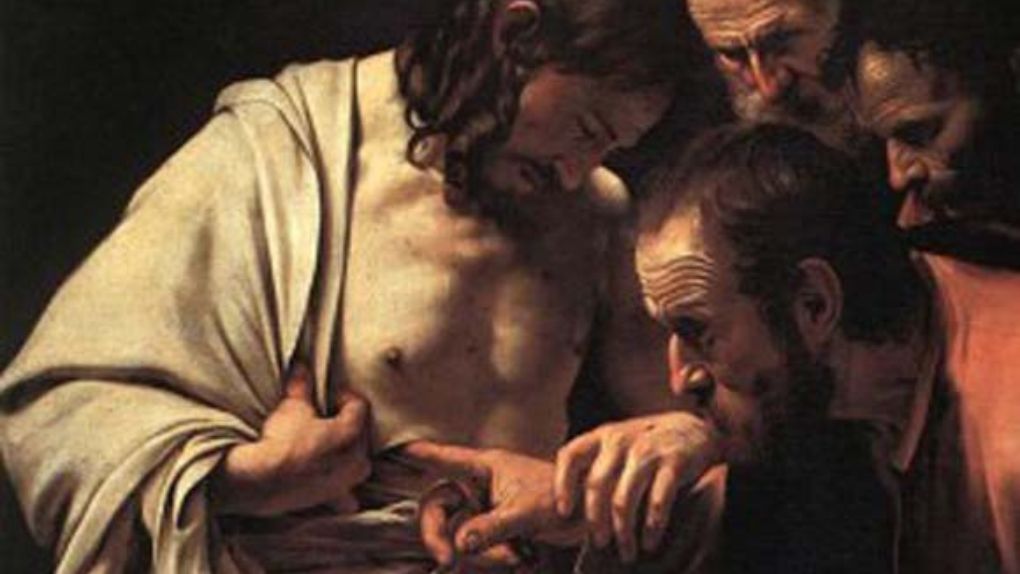The Armenian proverb, “Լավ է մարդու աչքը դուրս գա, քան՝ անունը” (It is better for a person to lose his eye than his name) perfectly describes Thomas, as once people believe something about you, it’s hard to change it. Unlike Peter, who denied Christ three times and still became the “Prince of the Apostles,” and Paul, who used to persecute Christians but became the “Apostle to the Gentiles.” Thomas only speaks four lines in the New Testament, including a courageous suggestion to follow Jesus (John 11:16) and a smart question that led to one of Jesus’ most famous lines – “I am the way and the truth and the life” (John 14:5-6). However, Thomas is known as “Doubting Thomas” due to his doubting the resurrection of Christ. Thomas’ insistence on seeing and touching the wounds of the resurrected Christ was a pivotal moment of his spiritual journey, which led to his most profound confession of faith – “My Lord and my God” (John 20:28) serving as the culmination of the Gospel of John.
The existence of crucifixion wounds of the resurrected body of Christ and Thomas’ insistence to see and touch them teach us two important things about the nature of trauma and the healing process. Firstly, they remind us that long after trauma, we can still carry wounds and scars that impact our lives in profound ways. These wounds can take many forms, such as physical injuries or emotional scars, and they can last for years, even decades after the traumatic event has passed. Secondly, the story of Thomas and the resurrected Christ teaches us that healing is possible and that it begins with acknowledging our wounds and scars and taking the first step toward transformation.
The Armenian people have been bearing the wounds of the Armenian genocide for over a century. It is a wound that has not healed but has been carried through generations as a sign of their resilience and faith. Today, we are often told that we should close this dark chapter of our history, open our borders, sign peace treaties, and build friendships with genocidal Turks and Azeris. But some wounds can’t simply be covered, forgotten, or ignored. And if we do so, they will never heal.
Today, the Armenian nation has a choice – to forget this horrific chapter of our history for the sake of delusional promise of peace, look into them as reminders of destruction, pain and weakness, or see them as signs and symbols of immense and abundant divine love who cared for us and saved us from the horrors of the Genocide, strengthened us and helped us survive and rebuild our lives.
Today, when our wounds are renewed with an imminent danger of genocide, collapse of the Armenian state and grave danger to Armenian identity hiding under false promises of peace and prosperity, the Armenian nation more than ever should embrace and remember its wounds and not cover them or forget them. We can find true peace and healing by continuing to fight for the restoration of justice and by raising our pain and wounds to Christ, and asking Him to touch them with His healing touch. Then we, too, like Thomas, can see clearly and recognize His tremendous fatherly love for our nation and, like the apostle, proclaim and say, “My Lord and my God.”
So let us all take a moment to reflect on the story of Doubting Thomas and the story of the Armenian people. Let us remember that even in the midst of our doubts and pain, we can find hope and faith. Let us find the strength to bear our wounds with pride and find comfort in the knowledge that it is through these scars that we have been made whole. And let us all proclaim, like Thomas and the Armenian people before us, that our faith in God is unshakeable and that we will continue to persevere through all of life’s trials and tribulations. Amen.


